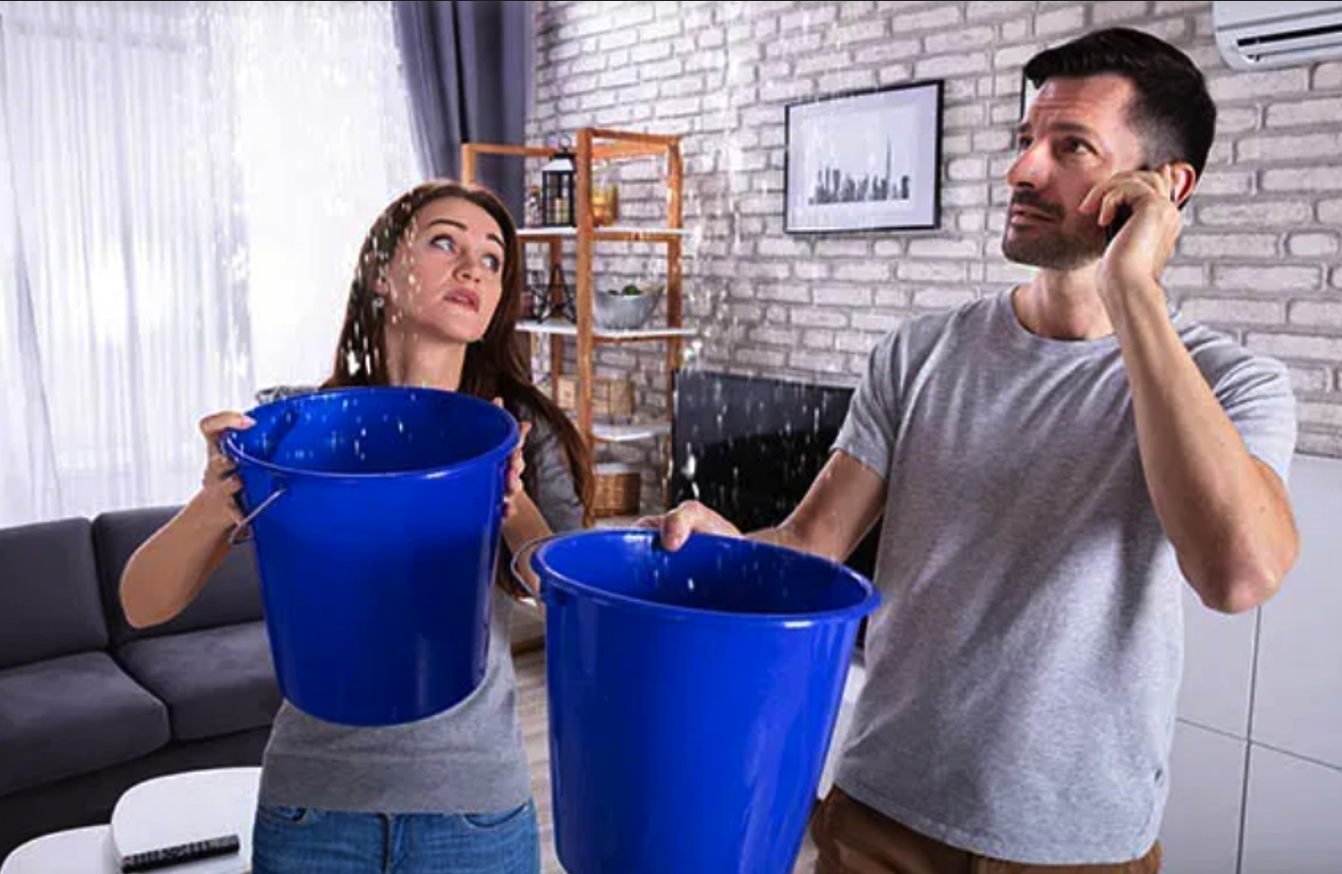Breaking Down Hybrid Solar Inverters and How They Work
RH Business Marketing Solutions
Solar energy is revolutionizing how we power our homes and businesses. Leading this transformation are hybrid solar inverters. They seamlessly blend traditional electricity with solar power.
They provide a strong and efficient energy solution. Are you an eco-conscious homeowner or a business owner looking to cut your carbon footprint?
If so, you need to understand a hybrid solar inverter. Let's break down what these devices are, how they work, and why they could be the key to a sustainable energy future.
What Is Hybrid Solar Inverters?
Hybrid solar inverters combine a solar inverter and a battery inverter into one device. This dual function allows them to manage solar panel electricity. They can also store extra power in batteries for later use.
Solar Inverter Basics
Solar inverters change the DC from solar panels into AC. AC powers most household appliances. DC electricity is generated by solar panels. But, without an inverter, it would be unusable for most homes and businesses.
Battery Inverter Functionality
Battery inverters manage energy storage systems. They convert stored energy back into AC power when the solar panels aren't making electricity.
This happens at night or on cloudy days. Hybrid inverters integrate this function. They ensure a steady power supply despite solar conditions.
Combined Benefits
The functions have been integrated. This leads to better energy use and less reliance on the grid. It makes them a smart choice for anyone looking to maximize their solar investment.
How Do Hybrid Solar Inverters Work?
Understanding the operational mechanics of hybrid solar inverters can demystify their benefits. Here's a simplified breakdown of the process.
Energy Conversion
When sunlight hits the solar panels, they generate DC electricity. The hybrid inverter converts this DC electricity into AC electricity.
You can use the AC electricity to power your home or business. This conversion is the same as what a traditional solar inverter does.
Energy Storage
If the solar power you generate exceeds your needs, the extra energy goes to a battery. The inverter controls this process. It ensures no solar energy goes to waste.
Grid Interaction
Hybrid solar inverters can also interact with the electrical grid. If your battery is full and your solar panels make excess power, the hybrid inverter can send this extra power back to the grid.
If your energy needs surpass what your solar panels and batteries can provide, the inverter can draw more power from the grid.
Advantages of Hybrid Solar Inverters
The benefits of hybrid solar inverters go beyond simple energy conversion and storage. Here are some key advantages that make them a compelling choice for solar energy systems.
Increased Energy Independence
Hybrid solar inverters store solar energy and manage its distribution. They reduce the need for the electrical grid.
This freedom is especially helpful during power outages. It is also helpful in areas with unreliable grid infrastructure.
Cost Savings
The initial cost of a hybrid solar inverter may be more than a traditional system. By using stored energy during peak electricity rates, you can significantly lower your utility bills.
Environmental Impact
Harnessing solar power and reducing reliance on fossil fuels lowers your carbon footprint. Hybrid systems optimize energy use, ensuring that more of your power comes from clean, renewable sources.
Choosing the Right Hybrid Solar Inverter
Selecting the right hybrid solar inverter for your needs involves several considerations. Here are a few factors to keep in mind as you make your decision.
System Size and Compatibility
Ensure the hybrid inverter is compatible with your solar panel system's size and type. It's crucial to match the inverter's capacity to the energy output of your panels and the storage capacity of your batteries.
Efficiency Ratings
Look for inverters with high-efficiency ratings. A higher efficiency rating means less energy loss during conversion. This leads to better system performance.
Warranty and Support
Check the warranty period and the manufacturer's support services. A longer warranty and robust customer support can provide peace of mind and ensure your system's longevity.
If you are considering a hybrid inverter solar, look at these Spokane home solar experts.
Installation and Maintenance
Good installation and regular upkeep are critical. They are key for the best performance of your hybrid solar inverter. Here's what you need to know.
Professional Installation
Hiring a certified installer is essential. They have the expertise to ensure your system is set up correctly and safely, maximizing its efficiency and lifespan.
Routine Maintenance
Regular maintenance checks can prevent potential issues and prolong the life of your system. This includes:
● cleaning solar panels
● checking battery health
● ensuring that all connections are secure
Monitoring Performance
Many hybrid inverters come with monitoring software that allows you to track your system's performance in real time. This data can help you optimize energy use and identify any issues early.
Future of Hybrid Solar Inverters
The technology behind hybrid solar inverters is continually evolving. Here's a glimpse into what the future holds.
Advances in Battery Technology
Improvements in battery technology, such as increased storage capacity and longer lifespans, will enhance the efficiency and effectiveness of hybrid solar inverters.
Integration with Smart Home Systems
Future inverters will likely integrate more seamlessly with smart home technologies, allowing for more precise control and optimization of energy use.
Enhanced Grid Interaction
Advances in AI and machine learning could enable hybrid inverters to better predict and manage energy flows, further optimizing their interaction with the grid and enhancing overall system efficiency.
Overcoming Common Challenges
While hybrid solar inverters offer many benefits, they also come with their own set of challenges. Here's how to address some of the most common issues.
High Initial Costs
Although the upfront cost can be high, financing options and government incentives can help offset these expenses. The long-term savings on energy bills can make the investment worthwhile.
Technical Complexity
The complexity of hybrid systems can be daunting. Working with experienced professionals for installation and maintenance can help ensure your system operates smoothly and efficiently.
Regulatory Hurdles
Navigating local regulations and obtaining necessary permits can be challenging. Stay informed about the requirements in your area and work with knowledgeable installers who can guide you through the process.
Understanding the Hybrid Solar Inverter
Hybrid solar inverters represent a significant advancement in solar technology. By combining the functions of a solar inverter and a battery inverter, they offer greater efficiency, flexibility, and cost savings.
Whether you're a homeowner looking to reduce energy bills or a business aiming for sustainability, a hybrid solar inverter can provide a reliable and environmentally friendly solution.
For more helpful tips, check out the rest of our site today.











